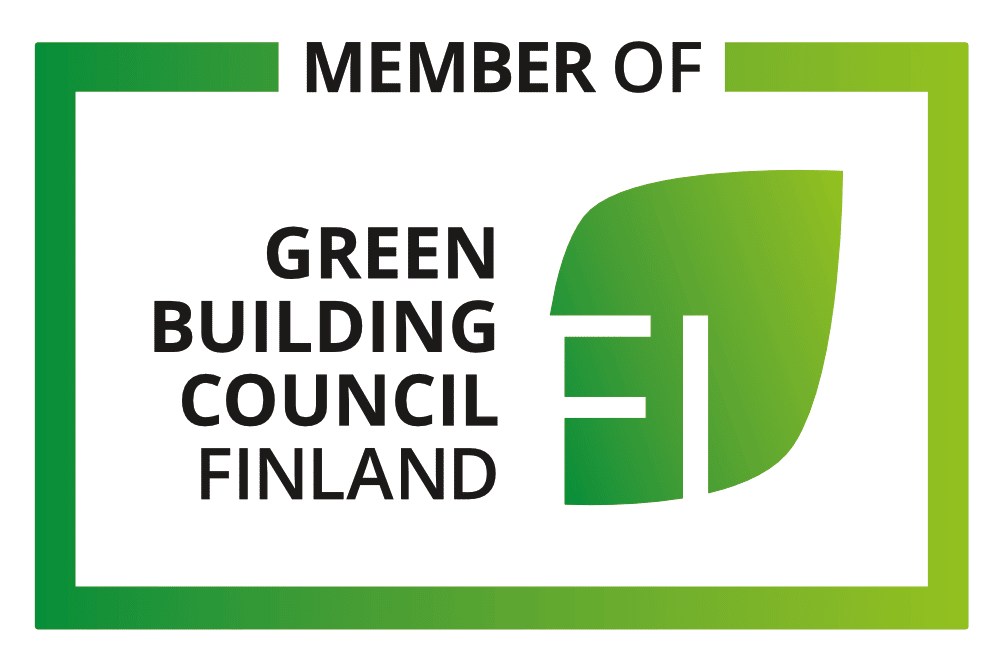Good, bad concrete
Concrete is the most widely used building material in the world – not least because it can be used for a wide variety of uses and sizes. The popular material is made of concrete by its low cost, ability to withstand moisture, compressive strength and stiffness, and workability. In addition, concrete is a fireproof material and does not release harmful substances. As a frame material, concrete is also suitable for large structures that are in contact with water or soil. Even more often than in building construction, concrete is used in infrastructure construction such as in the manufacture of tunnels, bridges or pipelines.
Concrete is made of water, cement and aggregate, ie completely out of natural materials, which at the same time makes it a good but ecologically unsustainable product. The binder, cement is mainly made from limestone by burning, which consumes a lot of energy and also generates a considerable amount of carbon dioxide in the process. Ordinary drinking water is suitable for the production of concrete, the use of which is already problematic in itself. Aggregate is the main material of concrete and can be crushed, natural gravel or natural sand. The above-mentioned materials are available almost indefinitely, but sand, for example, has become the world’s second most sought-after natural resource. In the production of concrete, the raw materials first have to be procured up to the other side of the globe, and only then is the finished concrete mass transferred to the construction site. This movement naturally causes a lot of traffic emissions that pollute the environment.
However, from an environmental point of view, the environmental impact of concrete as a building material should be considered throughout the life cycle of the building, focusing on two aspects:
What is the energy consumption during the life cycle of the building?
How have natural resources been used and is the amount of waste minimized?

It is possible to recycle the concrete completely. In addition, crushed concrete, ie recycled concrete or surplus concrete, can be used as the aggregate for new concrete. In the past, crushed concrete has been used mainly for the production of concrete for civil engineering, but it is also known to be suitable for building construction. The long service life of the concrete building, good energy economy and recyclability of materials, as well as carbon sequestration, also compensates for the emissions caused by the construction phase.
At the same time as the production of virgin concrete puts an unreasonable burden on the earth, violent natural phenomena such as earthquakes and floods are constantly increasing and often the only technically sustainable solution remains concrete construction. Concrete is not as bad as its manufacturing process – it is still one of the most important building materials with a lot of good properties. From a circular economy perspective, the use of recycled products in particular plays an important role in construction: they save natural resources, reduce waste and reduce climate emissions. At the moment, the most important thing is to develop the production of concrete and concrete construction in the most sustainable and ecologically efficient way possible.
Read more about this topic:
Concrete Industry Association’s website https://betoni.com
Thesis: Utilization of crushed concrete as recycled aggregate in concrete (Nieminen, A-M., 2015) http://urn.fi/URN:NBN:fi:aalto-201512165726
Thesis: Waste or lost potential ?: reuse of concrete waste (Aaltonen, S., 2019) http://urn.fi/URN:NBN:fi:amk-2019122027737

